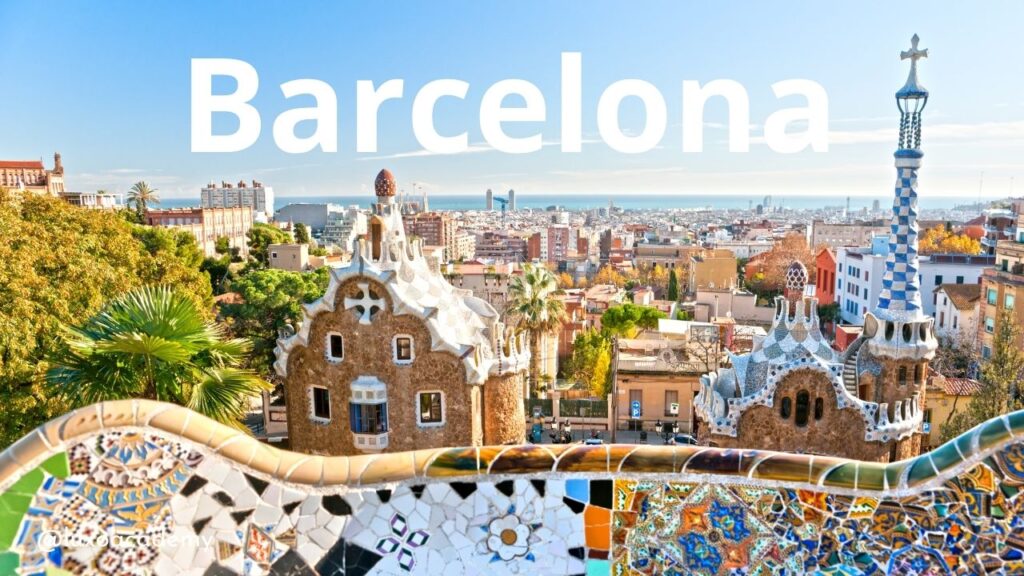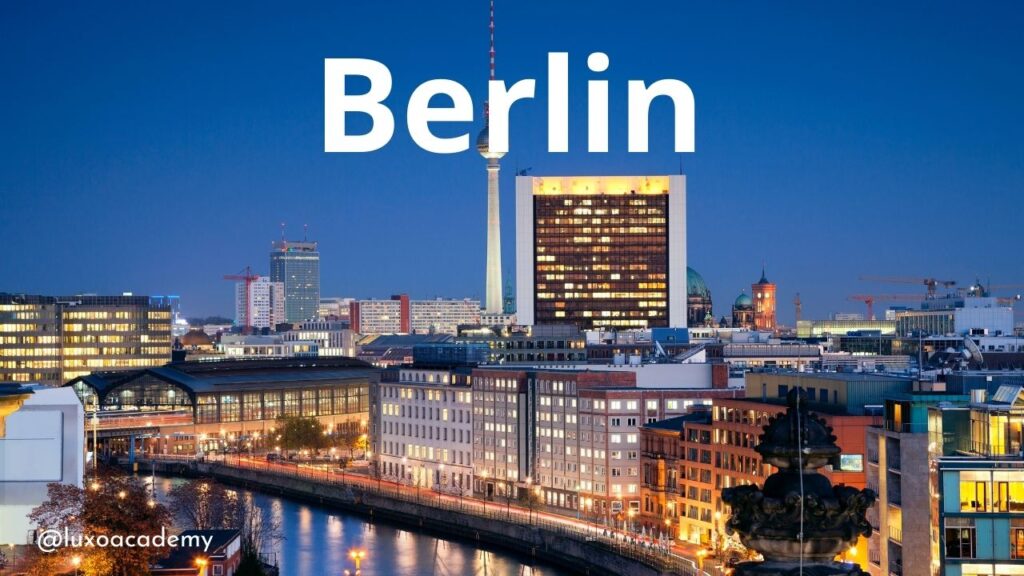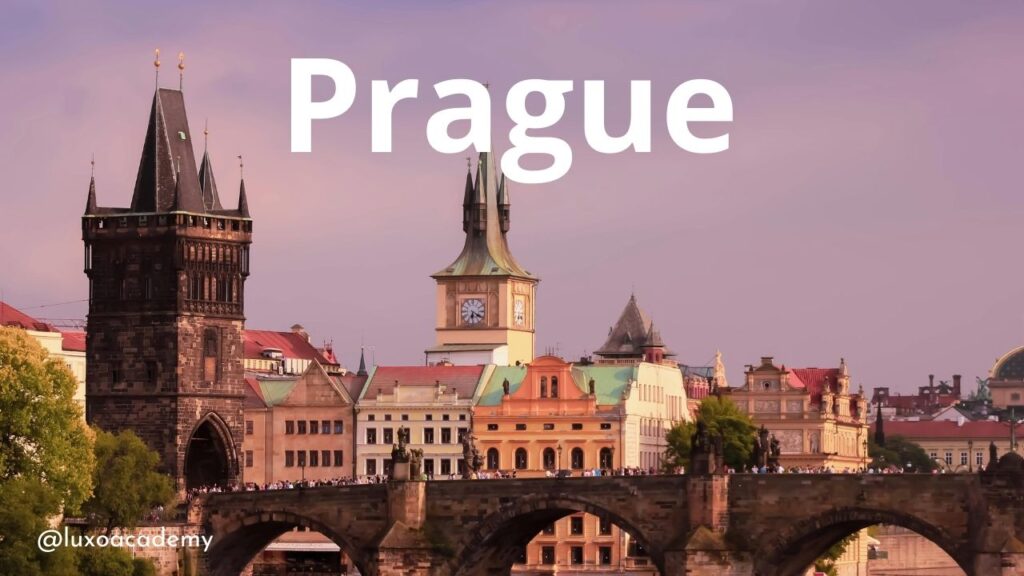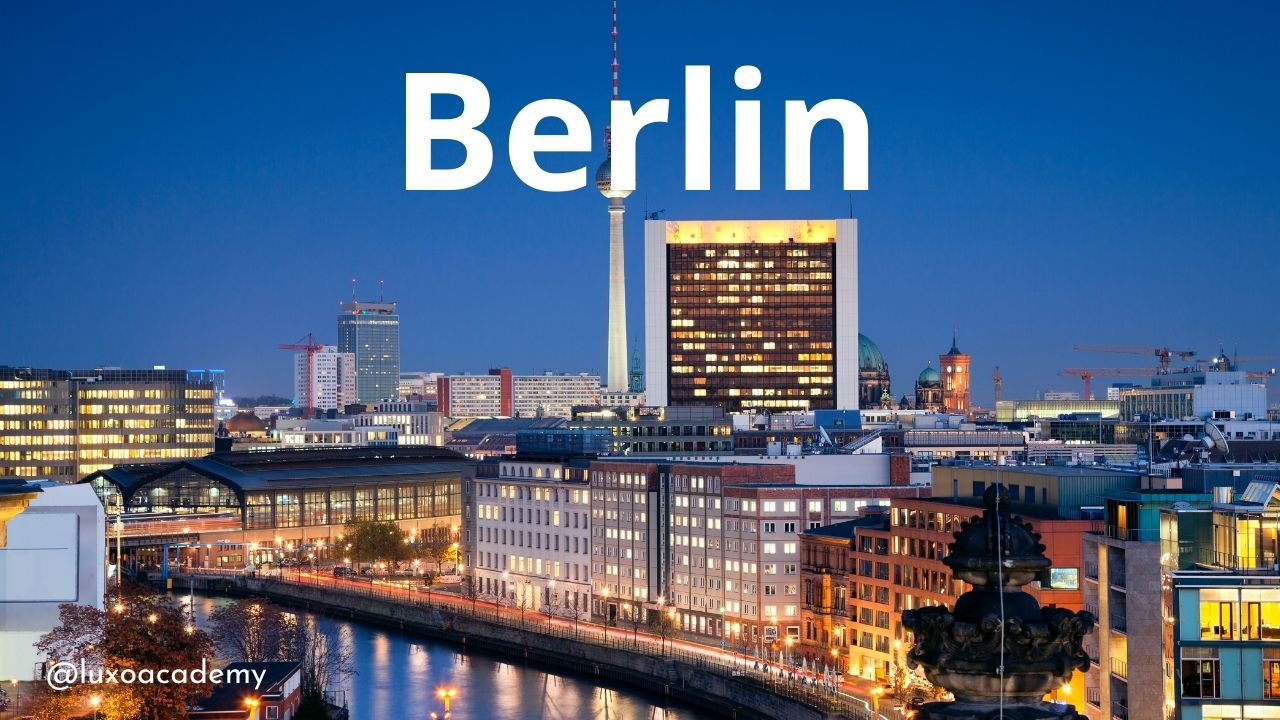When people think about real estate investment in Europe, most immediately picture London or Paris. But let’s be honest: those markets have been overpriced for years, and the rental yields are far from exciting. The real opportunities today are found elsewhere – in cities where strong demand, relatively affordable prices, and favorable tax conditions meet.
In 2025, five destinations stand out: Lisbon, Barcelona, Berlin, Vienna, and Prague. Let’s dive into why these cities deserve a spot on your real estate radar.
Lisbon – Europe’s San Francisco

Over the last decade, Lisbon has undergone a stunning transformation. Once a sleepy capital on Europe’s edge, it’s now a magnet for digital nomads and expats. Property prices have soared by more than 16% year-on-year, with the average cost in the city center now around €7,000 per m².
Why do investors still flock here? Several reasons. Portugal introduced attractive tax schemes for foreigners (the NHR regime), and while the Golden Visa through real estate is no longer available, Lisbon continues to attract with its strong rental demand. Average rents in the city center exceed €22 per m² per month, leading to gross yields of 5–7% if you pick the right neighborhood.
The downside? Bargains are gone. Entry costs are high, and the government is tightening rules for short-term rentals like Airbnb. Still, for capital appreciation and long-term growth, Lisbon remains one of Europe’s hottest markets.
Barcelona – The City That Never Sleeps

Barcelona is in a league of its own. Tourists love it, digital nomads stay for months, and wealthy Europeans come for the lifestyle. Average property prices sit around €4,600 per m², while central one-bedroom apartments rent for about €1,300 per month.
For investors, the real draw is short-term rentals. Gross yields here can reach 7.5%, which is exceptional by European standards. The problem? The city has cracked down on Airbnb licenses, and from 2028, new short-term rental permits in the center will be completely banned.
That’s both a risk and an opportunity. If you already own or manage a property with a valid license, its value is likely to skyrocket. Barcelona, then, is perfect for investors willing to accept regulation risks in exchange for high cash flow.
Berlin – Capital Growth with Heavy Regulation

Berlin tells a different story. The German economy may be slowing, but the capital still attracts young professionals and startups. Prices range from €4,500 per m² in outer neighborhoods to €12,000 per m² in prime districts.
Yields, however, are modest – typically 3–4.5% gross. Regulations are strict, too. Berlin enforces the “Mietpreisbremse” (rent cap), which limits how much you can increase rent on existing apartments.
On the positive side, property values keep climbing long-term, and Berlin is seen as one of the safest places to park capital in Europe. If you’re looking for stability and strong appreciation potential, this city is hard to ignore.
Vienna – Stability and Quality of Life

Vienna consistently ranks as one of the world’s most livable cities, and that prestige reflects in its real estate market. Apartments are more expensive than in Prague but still cheaper than in Paris. Yields are on the conservative side – around 3–5% – but the trade-off is peace of mind.
Austria has a robust rental housing system. Many apartments fall under regulation, and tenants enjoy strong rights. For investors, that means fewer dramatic swings in pricing or demand.
Vienna is less about chasing fast money and more about long-term security. If you want a “safe anchor” in your portfolio, this is the city to consider.
Prague – The Pearl of Central Europe

Prague remains one of the most stable real estate markets in the region. The average property price is around €3,600 per m², significantly lower than in Western Europe. Yet rental yields can be surprisingly strong – around 5–6%, depending on location.
The Czech economy is healthy, tourism is booming, and a growing expat population keeps demand for rentals high. Rising interest rates do pose a challenge for financing, but for cash-rich investors, Prague offers an excellent mix of affordability and returns.
It’s accessible, stable, and profitable – a combination that makes it an attractive choice, especially for Central European investors.
Final Thoughts
Each of these cities has its own unique story. Lisbon offers growth and appreciation. Barcelona promises high cash flow but comes with regulatory risks. Berlin provides stability, though with lower yields. Vienna is the safe haven for conservative investors. And Prague delivers a balanced mix of affordability, stability, and solid returns.
 If your goal is cash flow, Barcelona or Lisbon are top picks. If you’re after stability and prestige, Berlin and Vienna lead the way. And if you want an accessible entry point with strong returns, Prague may be your best bet.
If your goal is cash flow, Barcelona or Lisbon are top picks. If you’re after stability and prestige, Berlin and Vienna lead the way. And if you want an accessible entry point with strong returns, Prague may be your best bet.
Ready to take the next step? Explore our course “Real Estate Investing 101: How to Buy Your First Property” at LuxoAcademy. It’s designed to give you practical tools, proven strategies, and the confidence to start building your real estate portfolio today.
–




